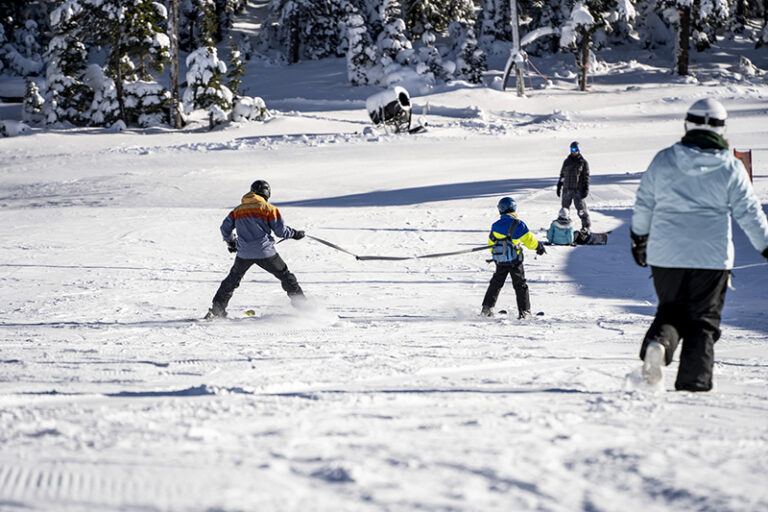Dehydrating your own backpacking meals can be fun and cost-effective compared to purchasing ready-made freeze-dried meals. It can also be a great wintertime activity while planning your trips for next season. There are plenty of recipes online, but I have been experimenting with green chile stew, squash stew, and chili.
There are some things to keep in mind when preparing and storing your dehydrated meals. Cut your veggies into small chunks so they dry evenly and won’t take long to rehydrate. Do not use oils when cooking. If you are adding meat, cook it separately and rinse it well to remove all the fat. You can add broth or soy sauce when cooking your veggies, which adds flavor but nothing that might spoil. Use the fruit leather sheets in your food dehydrator to hold any moist foods.
Check online for drying times for your model of dehydrator, then after the food is completely dry, divide into servings and add about ¼ cup of instant rice or whatever quick-cooking noodles you want to use.
When packing the meals, I also add a scoop of dehydrated or keto butter, adding back fats and flavor. You have lots of storage options: Ziplock bags, mason jars, or mylar bags similar to freeze dried meals. Mylar bags allow you to add boiling water directly.
These meals will be shelf stable for a few months or over a year in the freezer and can deployed for a quick meal any night.

More stories about dehydrated meals and backcountry cooking.













